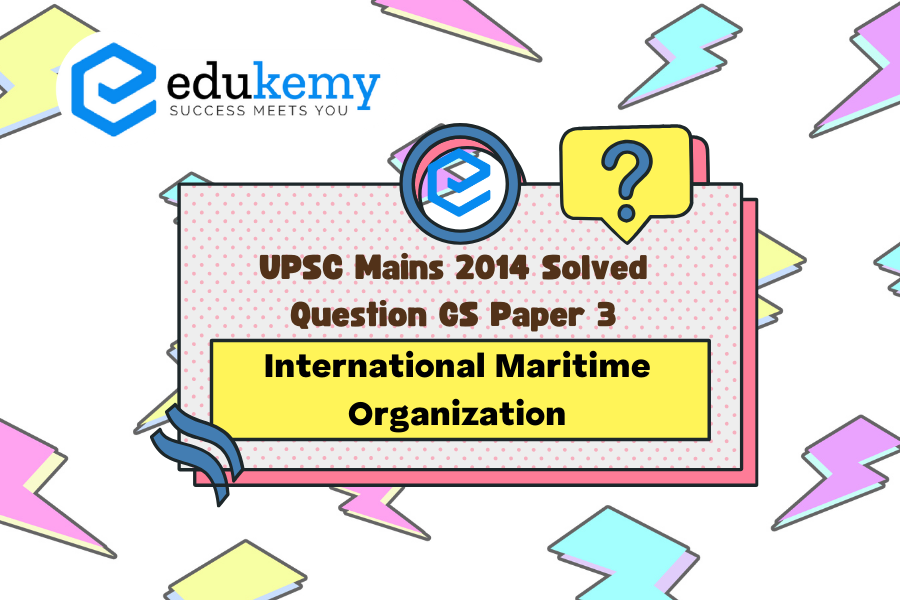The repositioning of the longitudinal marking for high-risk piracy areas in the Arabian Sea from 65 degrees east to 78 degrees east by the International Maritime Organization (IMO) in 2012 carries significant implications for India’s maritime security concerns. Historically, piracy has posed a considerable threat to vessels traversing the Indian Ocean, particularly in the vicinity of the Arabian Sea. By extending the designated high-risk area further eastward, closer to India’s western maritime borders, the IMO’s decision underscores the evolving nature of piracy threats and the need for coordinated international efforts to address them. For India, a nation heavily reliant on maritime trade for its economic sustenance, ensuring the security of its sea lanes is of paramount importance. The revised longitudinal marking places a greater portion of these vital trade routes within the high-risk zone, heightening India’s vulnerability to piracy-related disruptions. Consequently, Indian maritime security agencies must recalibrate their strategies and enhance surveillance and patrol operations in the newly delineated high-risk area to safeguard against potential threats. Moreover, the repositioning of the piracy risk zone necessitates closer collaboration between India and its regional and international partners to strengthen maritime security frameworks, intelligence sharing mechanisms, and response protocols. Overall, while the IMO’s decision reflects a proactive approach to combating piracy, it also underscores the imperative for India to adapt its maritime security architecture to effectively mitigate emerging threats in the Arabian Sea region.
Tag: Challenges to internal security through communication network
Contents
Decoding the Question:
- In introduction start writing contextual introduction.
- In Body
- Discuss the impact of extending this longitude.
- Try to conclude with opinion with respect to redrawing
Answer:
The change to 78° east has extended the high risk area very close to India’s waters. Thus, vessels seeking to avoid waters that are at high risk of attacks of pirates impinge on the fishing zones of Indian fishermen. This has led to incidents involving merchant vessels and Indian fishermen. The modification in the areas considered high-risk for piracy from from 65° East to 78° east in the Arabian Sea by International Maritime organisation (IMO) has led to complications for India. While the IMO took this step so that ships may be ready to take evasive action against Somali pirates, the resultant effect has led to ships hugging India’s territorial waters.
Impact on Maritime Security:
- This newer classification of high-risk areas extended to much closer to India territorial waters of 12 nautical miles.
- This changed classification is resulting in international shipments coming into Indian territorial waters, hugging India coastal water and having serious challenges to national security.
- IMO allowed some of the armed merchant ships to sail through India’s territorial water. which is again a major threat to National security.
- Due to newer classification the merchant ships are moving very close to off the coast of India which resulted in collision of merchant ships with fisherman boats.
- Increased cost in ship insurance which ultimately increased the price of commodities which were imported to India.
- Increased vessel movements from India’s territorial waters lead to congestion of sea lanes of communications and create difficulties in traffic management of India’s western coast.
Though the issue of piracy is coming down, but it is not finished, hence, to tackle issues of piracy and make India a net security provider in the Indian Ocean region, India needs to come up with a comprehensive strategy to counter piracy threats and provide safe sea lanes of communications.
In case you still have your doubts, contact us on 9811333901.
For UPSC Prelims Resources, Click here
For Daily Updates and Study Material:
Join our Telegram Channel – Edukemy for IAS
- 1. Learn through Videos – here
- 2. Be Exam Ready by Practicing Daily MCQs – here
- 3. Daily Newsletter – Get all your Current Affairs Covered – here
- 4. Mains Answer Writing Practice – here


